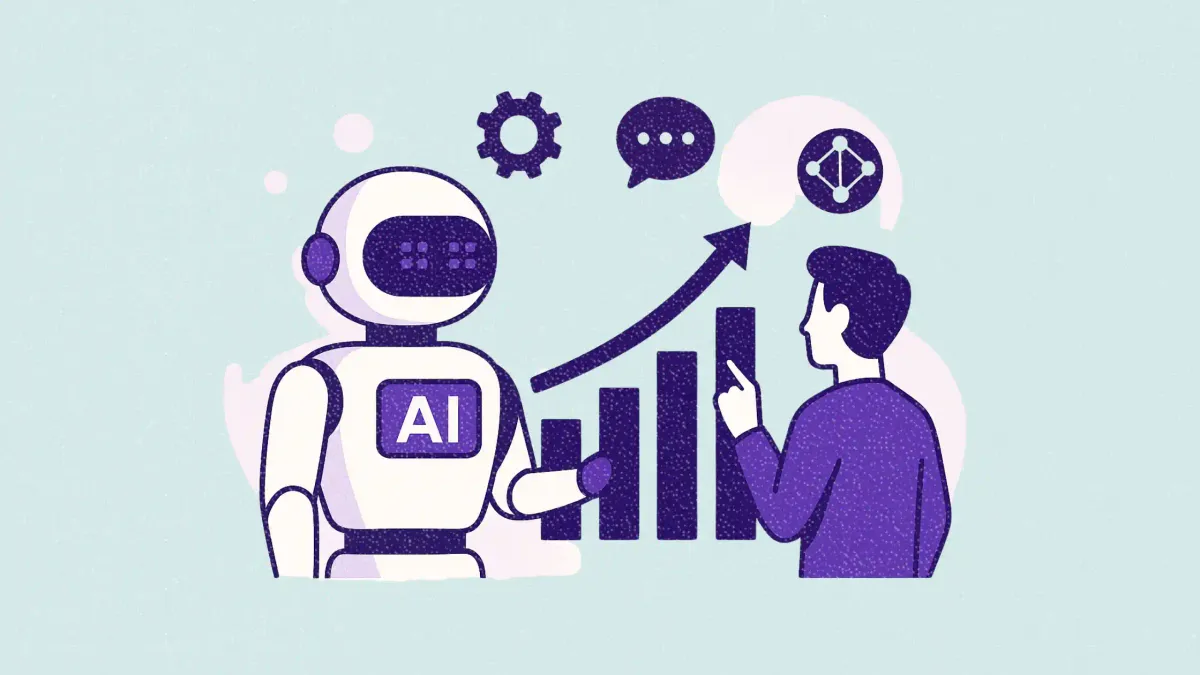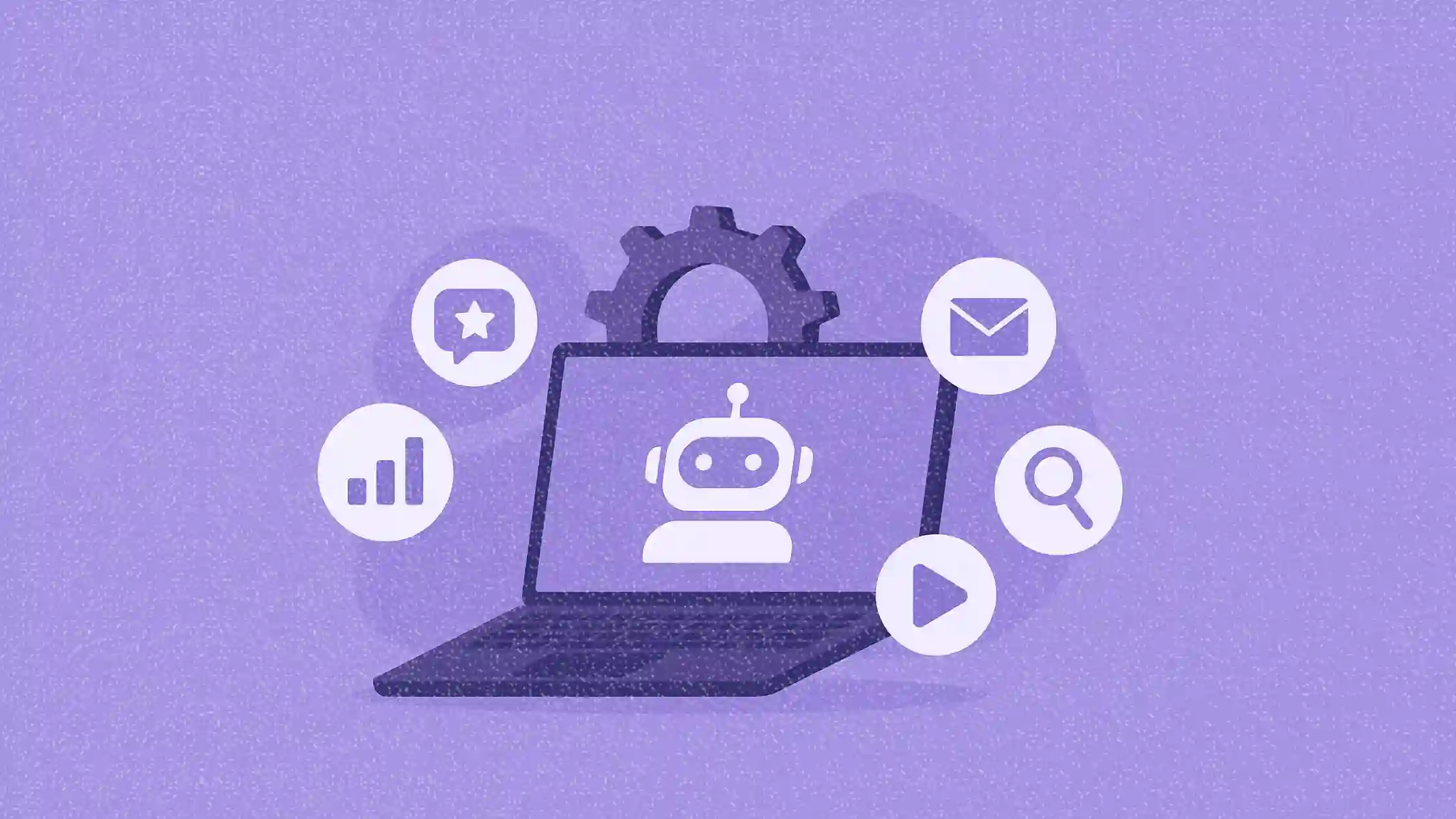The New York Times builds AI tools for messy data investigations
The New York Times’ AI team is helping reporters tackle huge datasets while navigating newsroom skepticism.

The New York Times is putting AI to work in its newsroom, but not to churn out copy. Instead, the editorial team is experimenting with AI as a behind-the-scenes tool for tackling giant, complex datasets that would be impossible for reporters to handle on deadline.
Zach Seward, the Times’ editorial director of A.I. initiatives, leads a dedicated eight-person team tasked with helping reporters test tools, build repeatable processes, and train colleagues on responsible use. Speaking at the Digiday Publishing Summit in Miami, Seward described AI’s biggest payoff so far: enabling reporters to comb through thousands of datapoints or hundreds of hours of footage for investigative scoops.
This article explores how the Times is building AI tools for research and investigations, what tensions exist inside the newsroom, and what marketers can take away from its cautious but competitive approach.
Short on time?
Here is a table of content for quick access:
- Building tools for knotty datasets
- Training, Slack threads, and skepticism
- Why this matters for marketers

Building tools for knotty datasets
One standout example is Cheat Sheet, an internal AI-powered tool developed after a reporter needed to review 500 hours of leaked Zoom calls from an election interference group. The team used transcription and semantic search to surface relevant moments across five million words of dialogue, helping the reporter land a major pre-election story.
That process was then turned into a repeatable tool, letting reporters choose large language models and run targeted searches across transcripts, lists, or unstructured datasets. It has since been used for other investigative projects, including analyzing 10,000 names tied to Puerto Rico’s tax incentives.
For marketers, this reflects a broader trend: AI’s value may lie less in flashy content generation and more in scalable research and analysis that frees up human creativity.

Training, Slack threads, and skepticism
Seward’s team also acts as a bridge between engineers and reporters. They have spoken with 1,700 of the Times’ 2,000 newsroom staff, offering training and answering everything from “How do I get Gemini?” to how AI can transcribe messy iPhone notes. An open Slack channel allows anyone to share use cases or ask for guidance.
But the rollout is not without tension. Some journalists remain skeptical of AI in editorial workflows, particularly after seeing other outlets experiment with publishing AI-generated articles. Seward stresses that the Times does not use AI to write news stories, and instead tells staff to treat any AI output “with the same suspicion you would a source you just met.”
This cautious framing highlights the trust issues many organizations face as they introduce AI into creative workflows.
Why this matters for marketers
The New York Times’ approach offers a few lessons beyond journalism:
- AI as an amplifier, not a replacement. Instead of drafting stories, the focus is on solving data-heavy challenges. For marketers, the parallel might be campaign analysis, competitive research, or trend monitoring.
- Building repeatable tools. Each newsroom project becomes a reusable product, much like how marketing teams could codify AI workflows for SEO audits or customer feedback analysis.
- Balancing adoption with trust. Seward’s mantra of “never trust AI output” could apply to any brand experimenting with generative tools. Establishing human accountability is key to protecting credibility.
Seward is candid about his biggest fear: an error introduced by AI that slips into published reporting. He insists accountability always rests with humans, not the tool.
Still, his team’s work underlines a larger industry shift. Newsrooms, like brands, are testing how AI can give them a competitive edge without sacrificing trust. For marketers, the real takeaway may be that competitive advantage does not come from being the fastest to adopt AI. It comes from figuring out where it solves the most painful bottlenecks.





